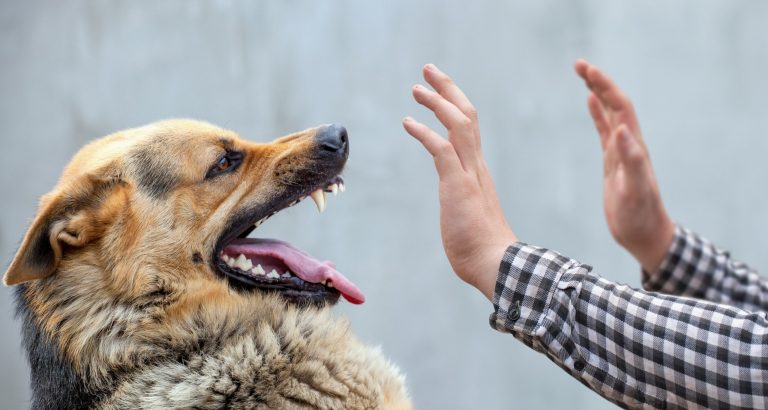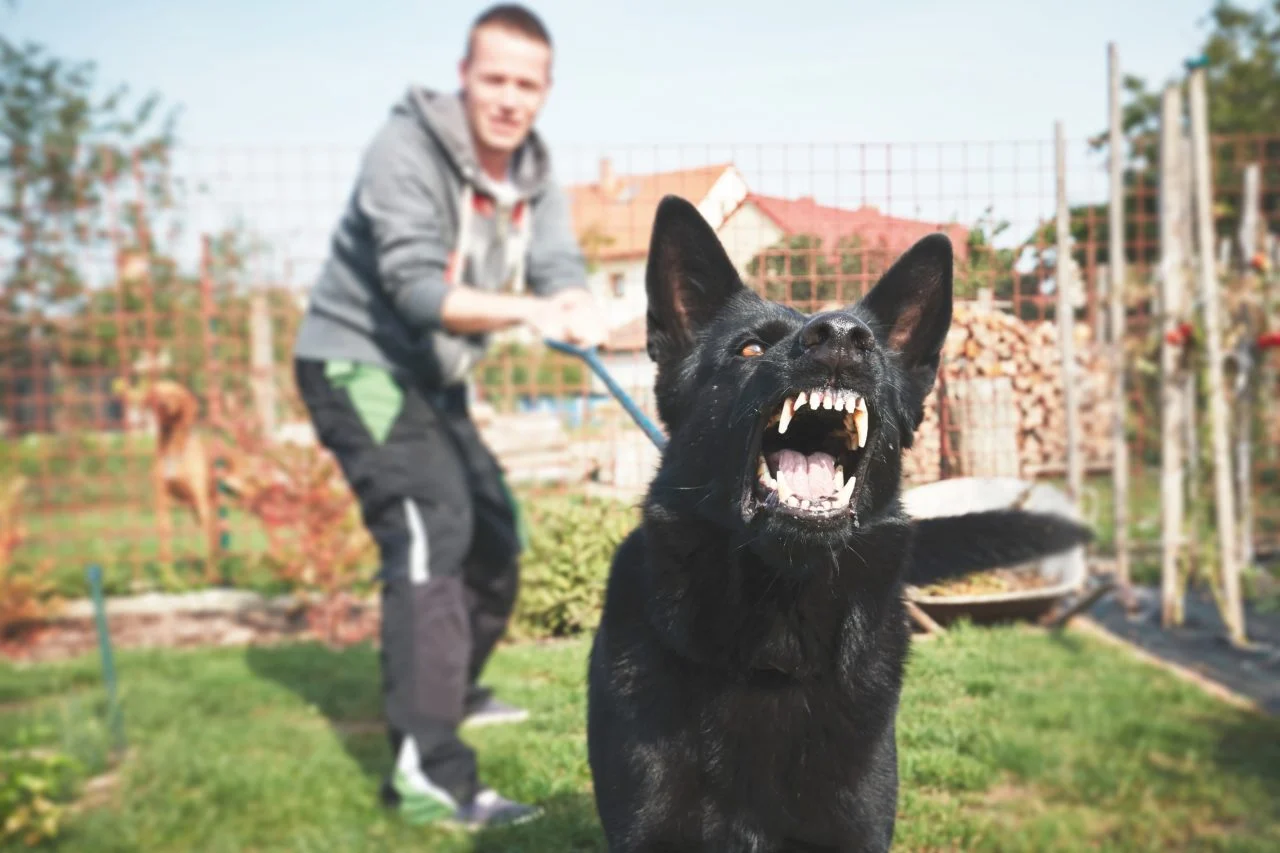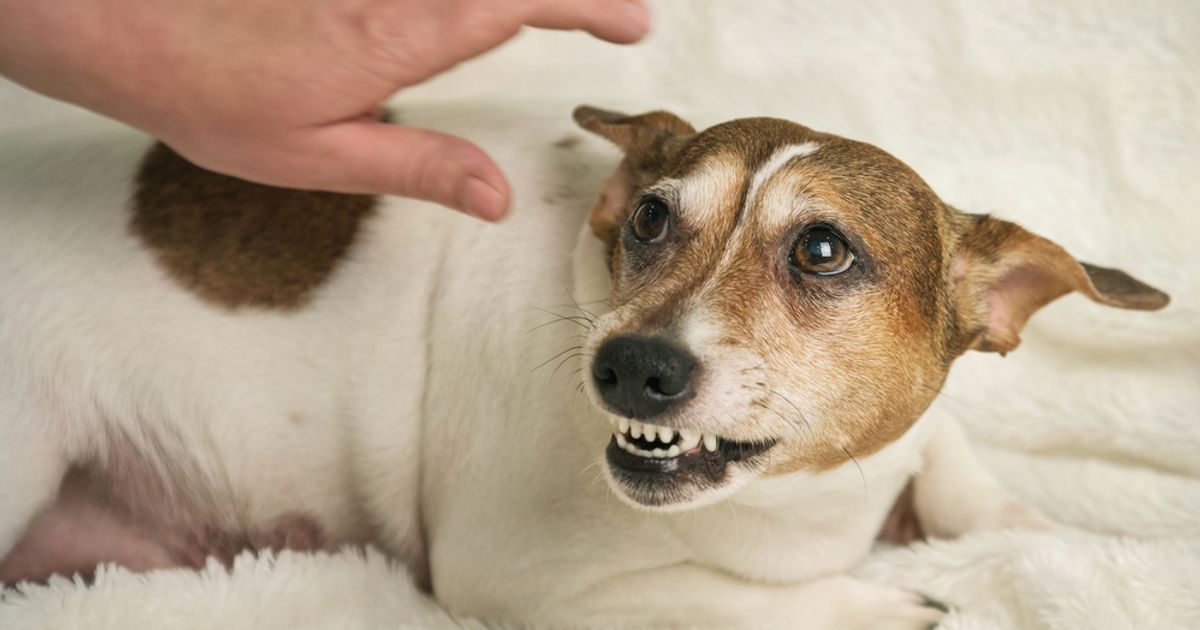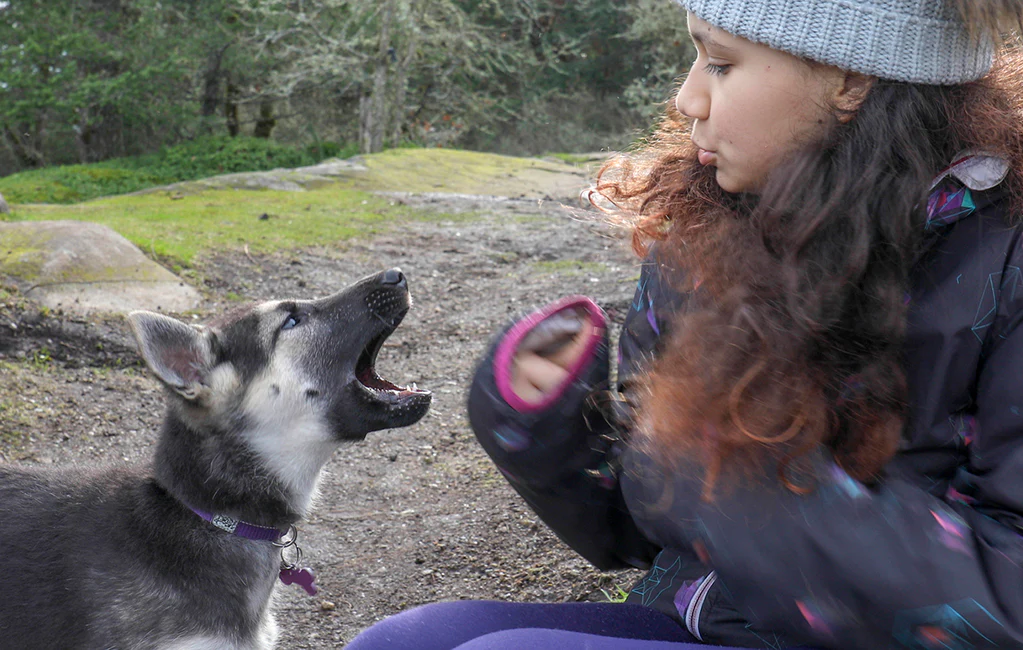When you talk about unwanted behavior issues with dogs, aggression is the first thing that comes to mind. No pet parent or dog owner wants to have an aggressive dog. No dog owner trains its dog to be aggressive. Yet, sometimes, it happens. I have to mention, a lot of times owners make mistakes that trigger aggression and protective behavior in their dogs.
With that in mind, today, I would love to talk about signs of dog aggression towards humans. If you detect these signs early on, you can work with your puppy on the issue. Provide proper socialization and mental stimulation, and your dog can be quite friendly.
Now, turning aggressive dog behavior into friendly behavior takes time. But you have to be willing to put in the work. Let’s take a look.
What Is Aggression?
When it comes to the term aggression and aggressive behavior, it is a wide term. It can refer to a wide variety of behaviors. Many of these happen for a multitude of reasons in various circumstances. We have to admit, virtually all wild animals are aggressive when guarding their territory, defending their offspring, and protecting themselves.
To say that a dog is aggressive can mean a lot of things. Here are some intense behaviors that we can classify as dogs aggression:
- Becoming very still and rigid
- Lunging forward or charging at the person with no contact
- Excessive barking that can sound threatening
- Muzzle punch, punching the person with its nose
- Showing teeth
- Mouthing, moving, or controlling the person without applying pressure
- Snarling, a combination of growling and showing teeth
- Quick nip that leaves no mark
- Repeated bites in rapid succession
Now, dogs do not follow a particular sequence all the time. Sometimes, they only bark and growl. Other times, they go directly to biting and nipping.
Types of Dog Aggression
As we said before, there are different types of dog aggression. And you have to understand the type, look at the symptoms, find the cause for the aggressive behavior, and then work on the solution.
- Territorial aggression is when dogs are alert about an intruder, foe, friend, or anything else. They can be territorial about their food, humans, toys, or another dog they want to play with
- Protective aggression when they think one of their family members or friends is in danger
- Possessive aggression is similar to territorial aggression. They tend to guard their possessions against others
- Fear aggression, a fearful dog will often become aggressive when cornered
- Defensive aggression is motivated by fear when a dog decides that the best defense is a good offense
- Dominance aggression, a dominant dog showing its social status to other pack members
- Redirected aggression when a dog is aroused by or displays aggression toward a person or animal, and someone else interferes
Two Behaviors You Shouldn’t Ignore
We will go over the signs of dog aggression towards humans later on in detail. But there are two behaviors you should never ignore.
The first one is growling, indicating a warning sign before biting. But growling should not be underestimated. That means a dog has a low-level threshold and will quickly resort to something more dangerous. If you ignore growling, it will often lead to something else.
And of course, biting is the most obvious act of aggression. The bite does not have to break the skin to be considered a threat.
Warning Signs of Dog Aggression
Now let’s go over some warning signs of this unwanted behavior. There are different situations when dogs show aggression. And in most cases, growling is one of the early signs.
Let’s break it into different scenarios.
Feeding
- Growling when eating
- Lift their lips and snarl while eating
- Dogs that get tense and stop eating as you approach
- Growling when chewing a bone
- Might steal food
- Respond aggressively when they are found scavenging the trash
Sleeping
- Growl when forced off a bed or couch
- Growl when the owner moves too much on the bed
- Growling when awakened
- Growl when touched while sleeping
Touching
- Do not allow children to touch them
- Growl when groomed or their nails are clipped
- Do not like to be touched on the head/shoulder area
- They are aggressive when given medicine
Playing
- Growling when their toys are touched
- They do not let children near their toys
- Get rough when playing
Outside
- They chase cars, small animals, or bikers
- Lunge toward other dogs or people
- Act aggressively toward strangers
- Act overly protective of their owners
- Growl when owner shakes hands or hugs another person
- Bark aggressively at other people when in the car
Can You Treat Dog Aggression?
Not all types of dog aggression are the same. And there are different levels to every canine aggression. That being said, the lower levels of dog aggression can be solved. You need to work with a professional dog trainer or a veterinary behaviorist to solve it.
You can treat aggression with behavior modification and the assistance of a professional. I do not recommend trying to solve dog aggression on your own without the help of a professional. This serious issue needs a helping hand.
Now, what I can tell you is that it will take time. Not many owners are willing to go the long distance to allow their dog to live a happy and sociable life.
And this is one of the many reasons why dogs end up in shelters. They are labeled as aggressive. But often, it is low-level aggression that can be easily solved with some proper socialization.
The best way to avoid aggression is to socialize your dog early on. But the most important thing is to love your dog with love and structure. Provide plenty of love, training, and guidance, and correct its behavior.
Are All Bites The Same?
While all bites should be considered serious, the circumstances and the choices the dog made should be taken into account. In most cases, dogs have good control of the intensity and force of their biting. If you put some effort into bite inhibition, you will have a dog that is less likely to cause problems.
Some bites are inhibited and leave no marks on the skin. Yet, even with those marks, you have to work on proper socialization and prevent future accidents from happening.
Should You Be Alpha-dominant For Aggression To Stop?
Here is something most people do not understand. Aggression toward family members is not likely to be related to dominance or social status. It is a common misconception.
It often leads to inappropriate treatment strategies and worsening of aggressive behavior. In most cases, we have fear aggression, anxiety, or conflict. Trying to be dominant against a fearful dog is a recipe for disaster.
The most important aspect of treating aggressive behavior is finding the root of the cause. Is it resource aggression, possessive aggression, defensive aggression, or something else?
Every type of aggression has a different path to being a friendly dog.










